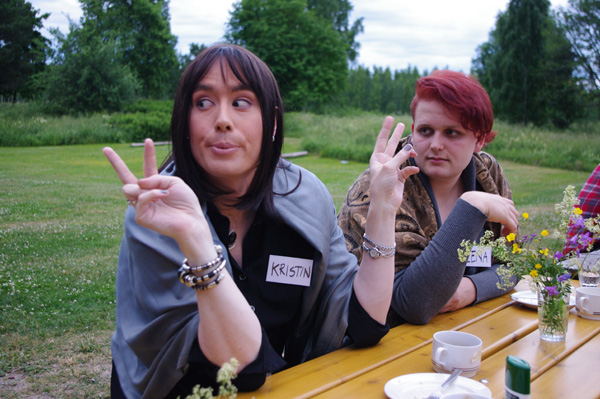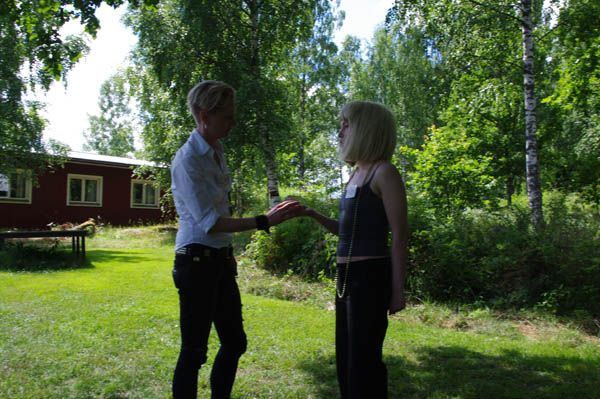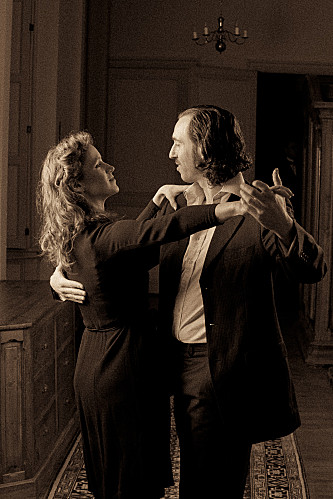Original post: http://www.electro-gn.com/6192-critique-mad-about-the-boy-partie-2
Translation: Leïla Teteau-Surel
—
Mad about the boy is a Nordic larp in which a disaster wiped the men off the Earth. Women survived and a pilot program will allow some of them to get the permission to carry a child through the government that controls sperm banks. Find the first part of this article here.
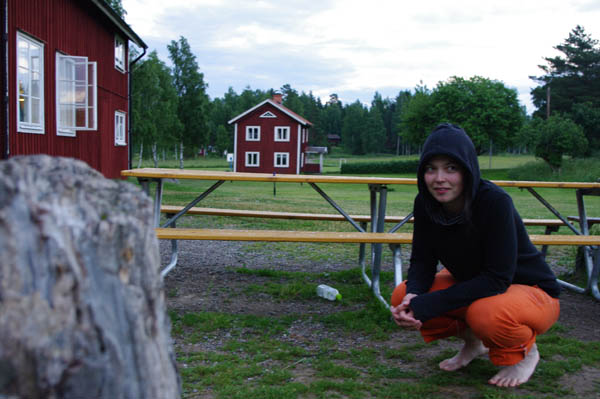
We will talk in the second part about game design, workshops, and the issue of transparency in larp. You will also learn more about the role of Isak, survivor man who arrives at the beginning of Act Two.
Workshops
Preliminary workshops lasted twelve hours. A part of them were dedicated to the preparation of men playing female roles. Gait, gestures, attitude, voice. The others workshops were often aimed at a full understanding of the game context : a world without men.

I really enjoyed all the exercises using reflections on our real life to bring things to the game. I suggest you take 5 minutes to try the following workshop with me, if you’re not too sensitive:
“Do a workshop in front of your computer reading electro-larp”
First, think of a man who matters -or mattered- a lot in your life. It can be a parent, a lover, a friend. (The following exercise is probably easier if you’re a woman)
Now imagine an average day. Take time to read each sentence below and think about it calmly before reading the next. You can be at work or maybe at home. There is a man near you. It can be a relative or not. Suddenly he begins to cough. Then the cough becomes more violent. He looks surprised and looks at his hand, stained with blood. Suddenly he coughs more and this time, spit a large amount of blood. He falls to the ground with his eyes wide open, his hand clenched against his chest, he gasps, tenses and dies in agony.
What do you do? If you leave the place, it’s only to find it happened everywhere, in other rooms and in the streets. Cars are piled-up on the roads, everywhere women call for help looking for who could help their sons, their husbands, friends. Then you realize how huge is the disaster. All men are dead? A few phone calls to your loved ones will soon confirm you that.
Three weeks later it’s chaos. We are after the Apocalypse. Bodies lie in the streets, stores are plundered, women gather, prepare their survival, attack or defend themselves, try to reach their loved ones. Communications work poorly. Nobody knows who’s in charge. What do you do? Where are you?
3 years later a government exists. Communications are partially restored although the country stopped all international flights and protect its borders. A large part of women changed their occupation. Medical students are now doctors, engineers are living away from the city to survive by cultivating their land. But civilization seems to have overcome the chaos. Where are you? With who? What will you do now?
After this projection we tried to determine what might be useful in this workshop to our character. Did she had a similar experience of the disaster? How is organized her life?
You can breathe before continuing reading this article. The workshop is over.
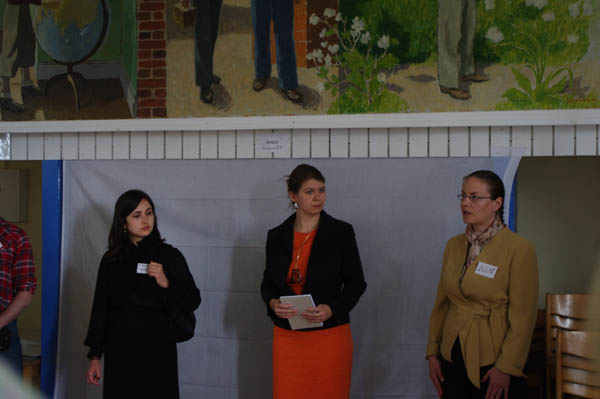
Other workshops were really useful. But you probably can’t do them in front of your PC. One of them consisted of frightening other player with firearms, to learn again how to be afraid by weapons, which are often made banal in larps.
Several discussions were also used for a better understanding of the context. Through a set of questions / answers with the organizers we’ve been able to think together about what would be a world three years after such an event. Would Muslim wear the veil? Are the lesbian bars the busiest? Are firearms easy to find? Which products are rare and expensive? Definitely a very efficient exercise.
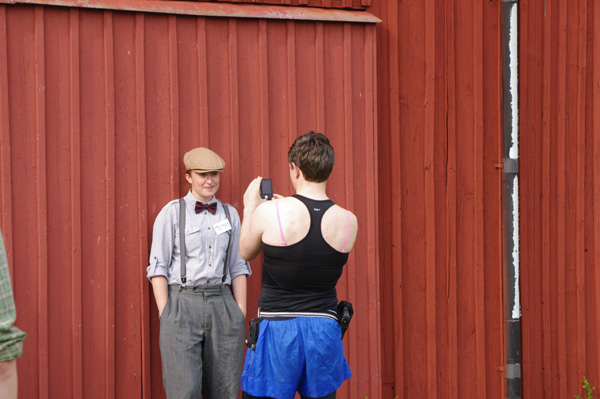
Taking the time to be together
Being almost 4 days together really made the experience very pleasant. The relevance of the workshops and talks helped of course a lot but just having the time before and after the game to talk with other players, to swim naked in a lake with them, to drink in a sauna, to eat, to smoke, to improvise workshops between us and to plan the game is very good. The worst larp of the world would become a positive experience.
A friend recently told me that she sometimes has the feeling of leaving friends after a week of vacation at the end of a larp. I think we’ve all had that feeling of emptiness. When combined with a good larp and a classic postlarp-blues, we know how painful it can be.
I think the time we got together after the game to have fun, dance, and debrief really allowed to share that blues and I regret not having more time to sit with the other players immediately after the game. We have this culture in France to have a lunch with other players a few weeks after a game but we heal already old scars and emulation is sometimes gone.
This time between players directly on the larp’s location is a really intense moment. This is also the time leading to honest feedback and criticism on the game design. It’s very difficult to tell a host that his game was disappointing or that we did not find what we were looking for. And this precaution often stifles criticism that allow authors to improve. Giving space for what’s around the game in order to play better seems to be a good thing. This is what makes me love the GNiales (the international convention in Paris) and other conventions about larp.
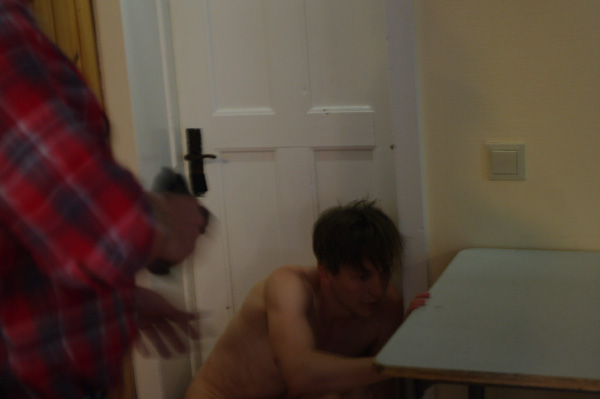
Anticipation and transparency in larps
French larp is quite reluctant to use transparency. In Mad About the Boy, the fader is put to the extreme : the game has no secret. I’m not advocating for this approach over another but I’d like it to be less often refused. I’d like to see disappear the common idea that transparency prevents immersion. And I know there’s no other way than playing and trying larps without secret. But I’ll try to tell you what brought transparency on this particular game.
First every player had access to all the characters sheet : everyone could read everything. Then you discovered your role and the roles of other women of your “family”. They are those with who you decided to apply to the program, the women with who you decided to raise a child. So you know who they are, their doubts and also what’ll be their function in the story.
My feeling is that all this knowledge allows players to think the group dynamics by themselves. Who‘ll generate conflict? How would I react if we have an argument ? What brings us together, what separates us? As a writer, the preference to create this kind of synergy often goes in France to a backstory of 15 pages detailing many common experiences. I think it works. There are just other way to do that which – depending of the game’s context (here, realistic anticipation) – may be effective as well.
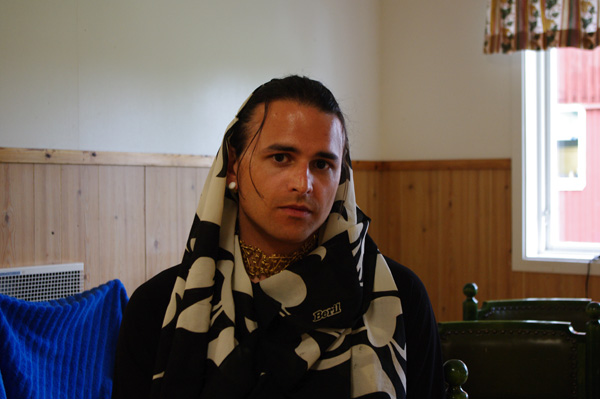
You can also read all the other roles and plan the behavior you‘ll adopt with a particular woman. One of the characters was a doctor like mine. We’ve been able to speak quickly about how we would try not to contradict ourselves on medical advices.
Moreover, all the players knew I was a doctor and when the presence of a doctor was required, everybody quickly thought of me and made space for me to take care of the patient. This discipline in game is easier to get when everyone is in a narrativist perspective and everyone has had time to anticipate how to act according to the announced events in game.
The key event of the game is also known by all. Act Two begins with the arrival of Isak, a man that might be the only survivor and who lived hidden for three years. He just escaped a group of women who kept him prisoner. He’s scared, he’s cold, and deeply traumatized.
I think this example is an interesting case study to compare what happens when you decide to use transparency or secrecy. One could choose to hide this information to players and use Isak’s arrival as a surprise and one could choose to announce before the game what will happen in Act 2.
I think this point will be developed in another article but I want to take advantage of our knowledge of this game’s context to start thinking about it.
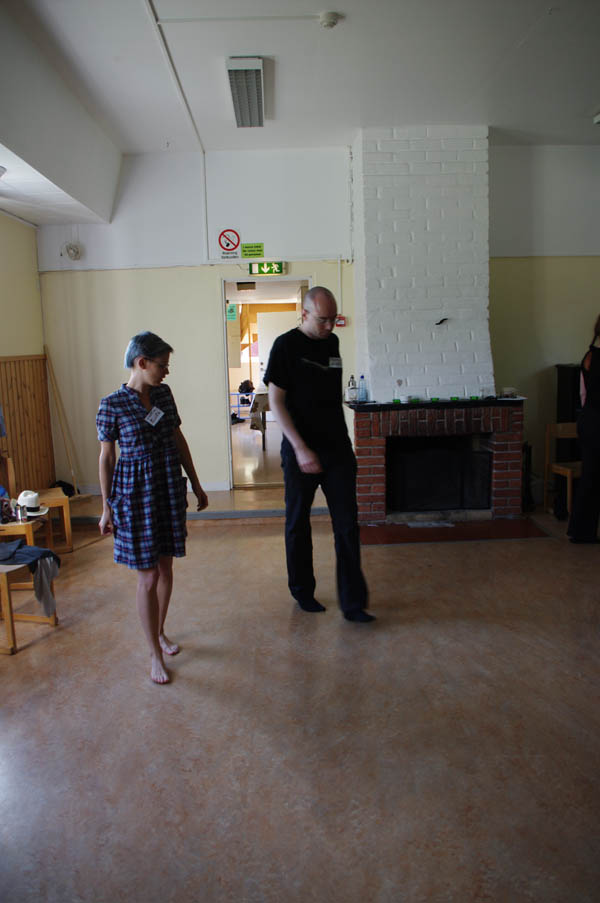
If you decide to keep the secret:
It seems obvious that concerning logistics the mise-en-scene ‘ll be more complicated. You‘ll have to gather all the players and work to keep Isak’s arrival until the end. The impact on players ‘ll be bigger but the impact on the characters may be put after what the players feel. It is a risk and not an obligation.
First, the players will ask themselves questions about what is happening, then the characters. The reactions will probably be more spontaneous, less thought. The lack of anticipation lessens the players’ ability to consider narrativist game and think about the value of their actions in the story. It’ll make the game into something more simulationist.
Then, themise-en-scene of the minutes following the surprise also require more work from the organizers. Spontaneous reactions create more chaos and the chance of Isak being overwhelmed by the players is important. It’d probably be quite realistic, but difficult to read when you are player. Indeed 25 people gathering around a common point easily generates a cacophony. It ‘ll be necessary for the organizers to think the characters in a way allowing each players to know how to behave at this specific moment and find how to act in Act Two.

If you decide to choose transparency:
The anticipation that I just mentioned is a work assigned to players : they will have to keep in mind a narrativist vision and think about their place in the story during Act Two. Isak’s arrival is no longer a surprise, everyone knows they will have to deal with this event in the future.
The arrival of a naked and scared man is still a poignant moment. You can more easily focus on what the character is feeling at that moment, without going through the “surprise” feeling, but some of the spontaneity is lost.
Reactions are more artificials for the players but not necessarily less immersive, for the minutes following the event are easier to read, less chaotic.
Moreover Isak is a player too. It is therefore interesting to make room for him; if he’s less asked for he’ll have more space to play. Finally, Isak and the players will find their role in the story to come, without stepping on the others, preserving everybody’s game.
The fader transparency/secrecy can have an immediate impact on the player’s and organizers’ responsibility and on the gaming style (narrativist or simulationist).
Tere’s another challenge for the organizers choosing the secrecy : it means habing to think that if the players expect anything other than what ‘ll happen, they might be disappointed. It is not necessary but it’d be a mistake not to take into account this potential disappointment. A bit like when you imagine the end of a movie, a sequel to a television show and then you discover a surprise that you didn’t expect and you don’t get your bearings anymore.
An additional difficulty related to transparency is that it’s too easily considered as requiring less effort for the mise-en-scene if we do not preserve the surprise. On the contrary I believe it’s often good to compensate the loss of the secret’s impact by a striking mise-en-scene that’ll surprise as much as possible.
This digression on transparency and secrecy is over and I want to return to Isak who appears in the game space in Act Two ? What was he doing during Act One?
You will discover in the third and final part the answer to this question, the description of a blackbox, of some debriefings’ methods and a surprise.
